The aim of the hismo product world is to unite all the instances involved in the process of archaeological excavation through a common application and thereby optimise the process, from the planning of the excavation to the publication of the results.
After we had conducted some interviews to get first insights into the field of archaeology, we went on to visit several excavations to collect more information.
To get even more insights into the subject area of archaeology, we decided to do an internship at a nearby excavation company, called ARCHAEO|BW.
We were allowed to visit several excavations, on one of which we were even permitted to help as full employees for three days with the excavation of an older house in Beutelsbach.
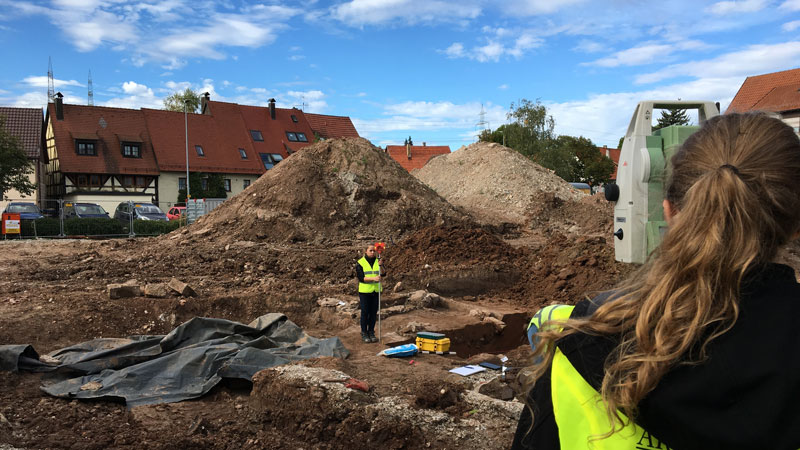
Afterwards, we were allowed to accompany the finds on their journey and spend a day gaining insights into the processing of finds.
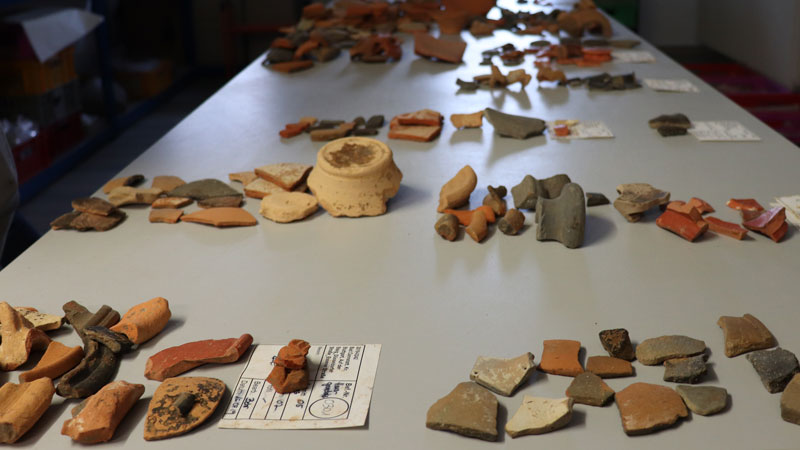
We also looked at how the documentation is further processed and learned that all documentations are sent to the State Office for the Preservation of Monuments in Baden-Württemberg after they have been processed by the back office. Here they are finally archived, both digitally and analogue.
In addition, we visited various museums and libraries and had them explain the magazines and archives to us in order to gain a precise insight into this topic as well.
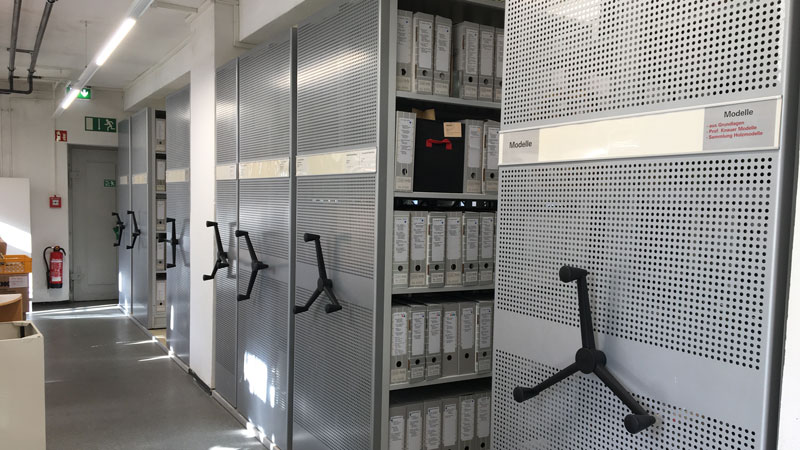
Through our research we were able to gain many new insights. In addition to the new vocabulary we learned and the minor problems we discovered, we found that the process itself was the biggest pain point.
In the field, documentation is done by hand on paper. This includes, among other things, measuring the "holes" from which the finds were excavated. For this, at least two employees have to operate the overqualified total station, which is far too expensive for this use case. This is not only tedious, but also expensive.
In addition, photogrammetry must be used to take pictures of the "holes" from many different angles. These are then later processed by the office into 3D models of the excavation site, where they are transported on a USB stick by autocurve. After processing, they are driven to the State Office for the Preservation of Monuments.
The finds themselves are transported away from the excavation in the same way. In the next step, they end up in the finds processing department. There they are cleaned and processed before they are also passed on to the State Office for the Preservation of Monuments for archiving.
The State Office for the Preservation of Monuments itself, opens all files and stores them digitally in the archive in the correct format for them. In addition, these files are printed out once and stored in the archive in paper form.
We want to connect these many individual instances with each other through the hismo product world in order to be able to save not only time but also money and employees and to simplify and accelerate the process as a whole.
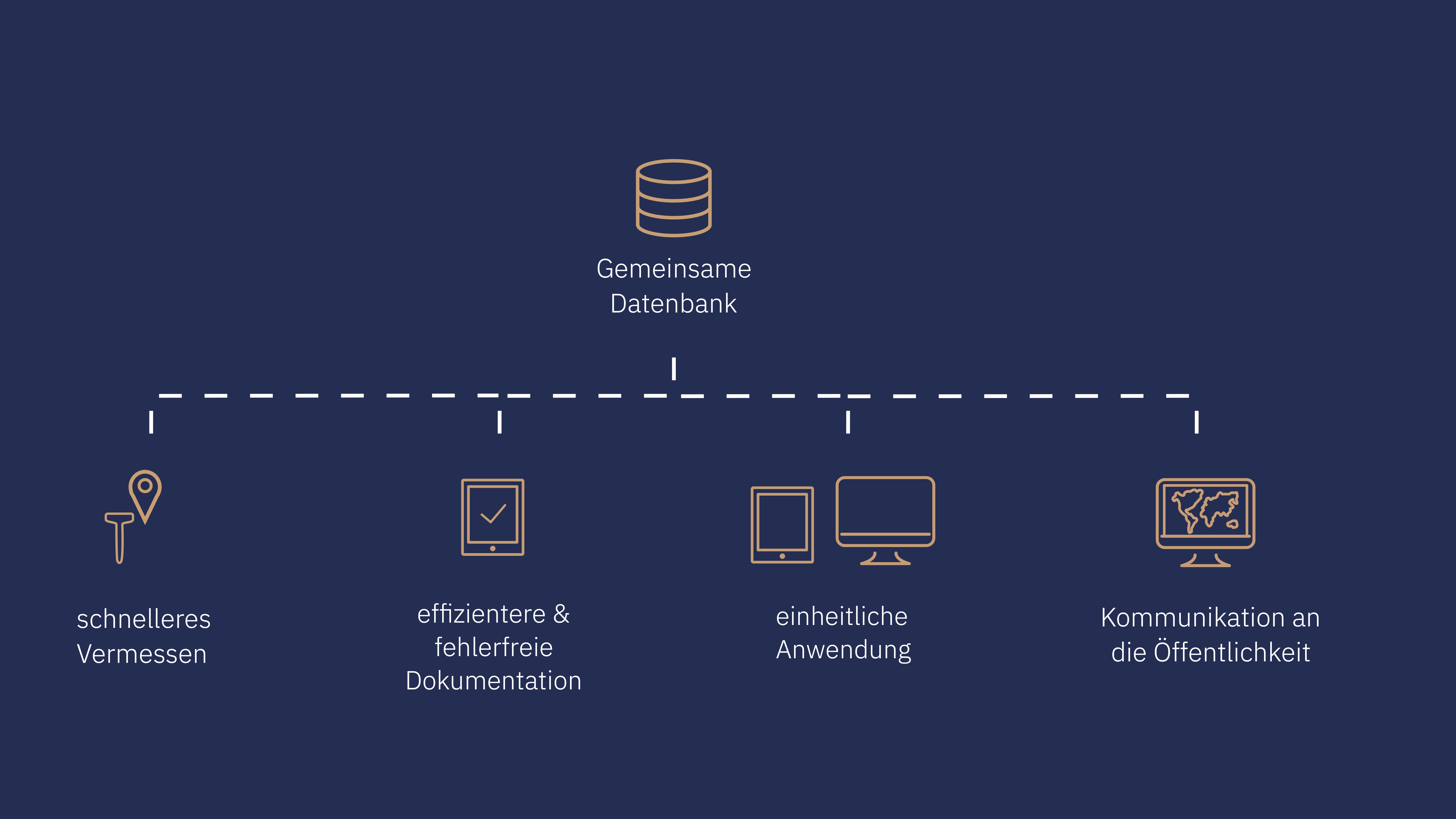
On the excavation, archaeologists are supported by a tablet that helps them to document the archaeological finds as error-free as possible. They are guided through the documentation step by step so that less errors occur.
Instead of using PDFs or paper documents, excavation staff now mainly use tablet documentation on the excavation site to load findings directly into a database.

To further speed up the process and keep it cost-effective, hismo is compatible with an attachment for marking nails that can receive DGPS data. This data is used via the tablet to locate and measure findings. The marking nails contain BLE (Bluetooth Low Energy) modules through which they can determine the distances to the other nails.
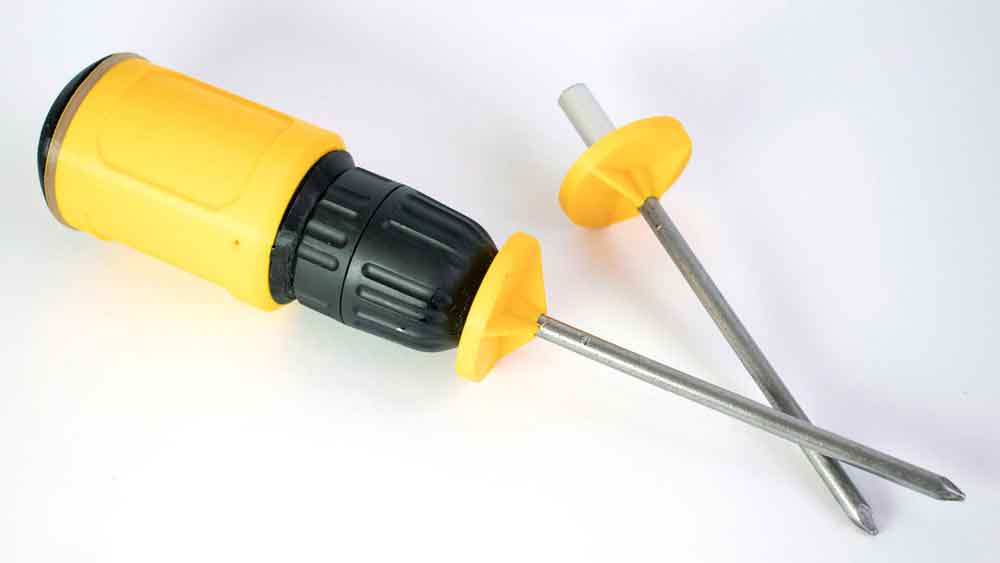
The archaeologists have several of these marking nails and (at least) two attachments with them on the excavation.
The nails are weatherproof and can simply be left in place after the survey for as long as they are needed. As already mentioned, they only contain a BLE (Bluetooth Low Energy) module and a small battery.
To survey and document the features, the archaeologist is guided step by step through the survey process. To do this, he takes the free survey attachment and puts it on the first nail specified by the tablet app. After this point has been surveyed, he is guided to the next nail. He takes the attachment off the first nail and mounts it on the second. He can then also measure this point in the documentation. This process is repeated until all nails are measured.
The advantage to the previous surveying with the total station is that only one worker is needed for the surveying, which means less waiting time on the excavation and the whole excavation process can be finished faster, which is especially important for rescue excavations where everything is on time.
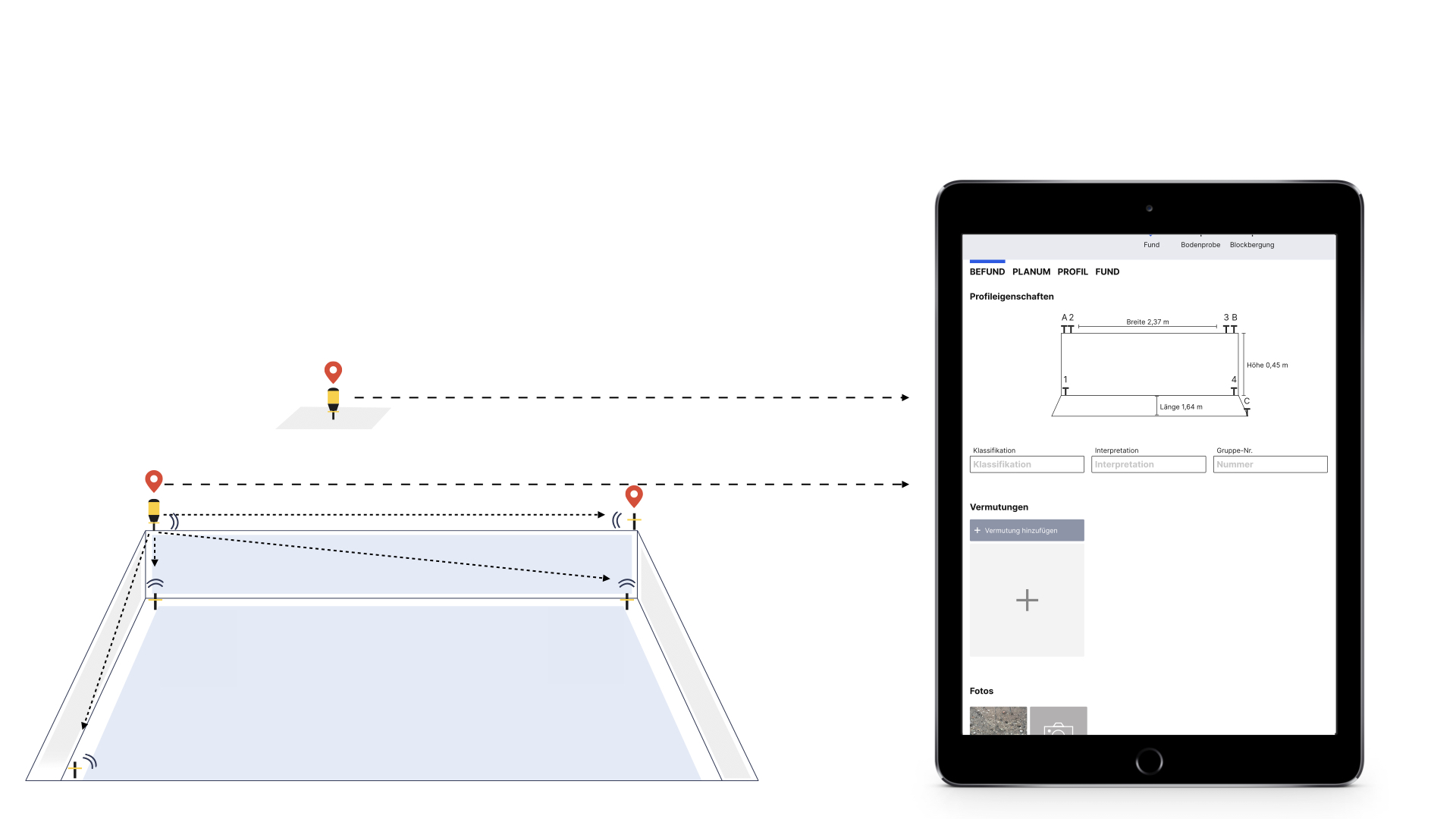
Since GPS data from many different sources, such as weather influences or nearby tall buildings, are often not completely accurate and fluctuate slightly over time, one of the two attachments remains at a defined position throughout the excavation. In this way, an average value of the measured GPS data can be determined over the long term.
Each time a nail is measured by the documentation, the mean value is compared with the current value of the base station. This deviation is then offset against the measured value of the nail attachment, which ensures the centimetre-precise measurement that archaeologists rely on for their measurements.
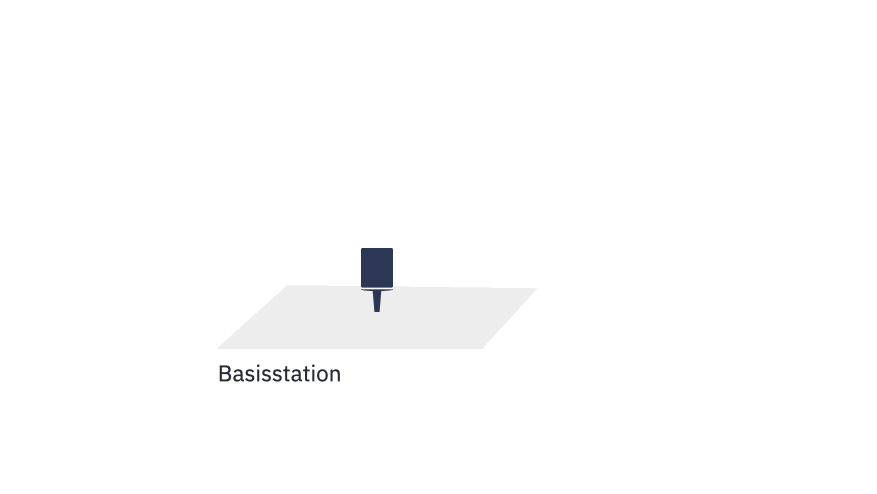
In addition, for post-processing, corrections or report writing, hismo can be used on the desktop as a web application.

Communication between archaeologists and local residents is particularly important during rescue excavations.
Rescue excavations are carried out when a construction company comes across archaeological finds during the construction of a building. For the building owner, this means an indefinite construction stop. First, all culturally relevant finds must be secured by archaeologists. This is not only annoying for the builder himself, but also for the citizens and residents around him, and it is not uncommon for archaeologists to encounter angry neighbours and a lack of understanding during their work.
Improved communication of the reasons for the construction stop and of what has already been done or what still needs to be done can easily prevent this annoyance. Insights into the finds and the time from which they originate can also arouse the interest of local residents in the subject area of archaeology and thus ensure even more understanding.
Archaeological excavations always carry the risk of theft and burglary, even without the information whether valuable objects have been found or not. Archaeologists often have to deal with the fact that they come to work in the morning and find that intruders have dug uncoordinated holes in their fields overnight.
In the worst case, relevant finds and information about our past are lost. This must be avoided, which is why it is of course not possible to publish all the information about all the finds. Especially not while excavations are still in progress, which is why the State Office for the Preservation of Historical Monuments is given the option in their part of the hismo product world, quite simply, to select by checkbox which information they would like to publish.
The published information can then be explored by interested parties, researchers and museums in the web application open.hismo.
Bachelor's thesis
Semester 7 (B.A.)
WS 2019/2020
Unser Research
Synthesis
Conception
Ideation
Hardware Prototyping
Arduino Prototyping
UI Design (Tablet)